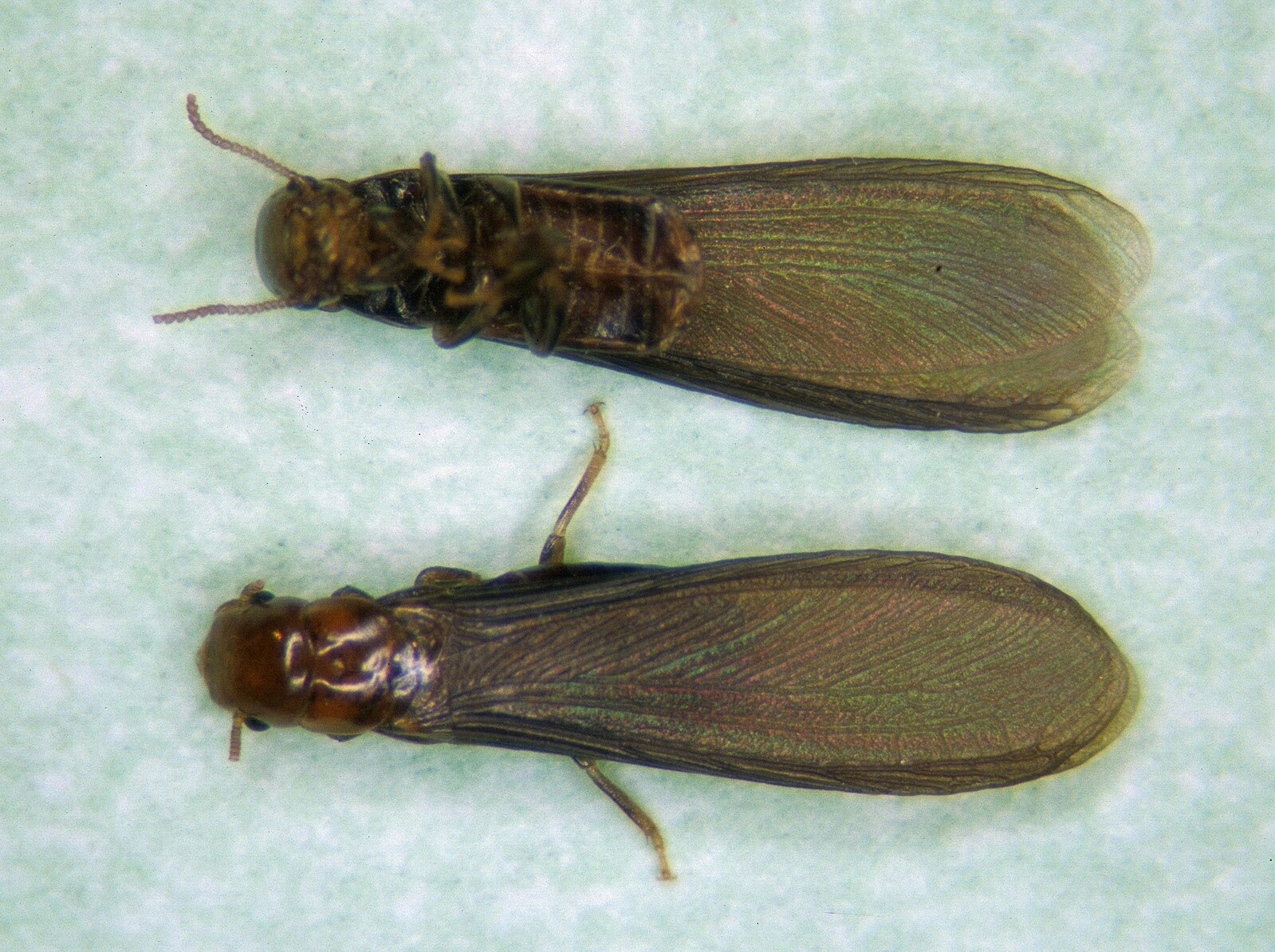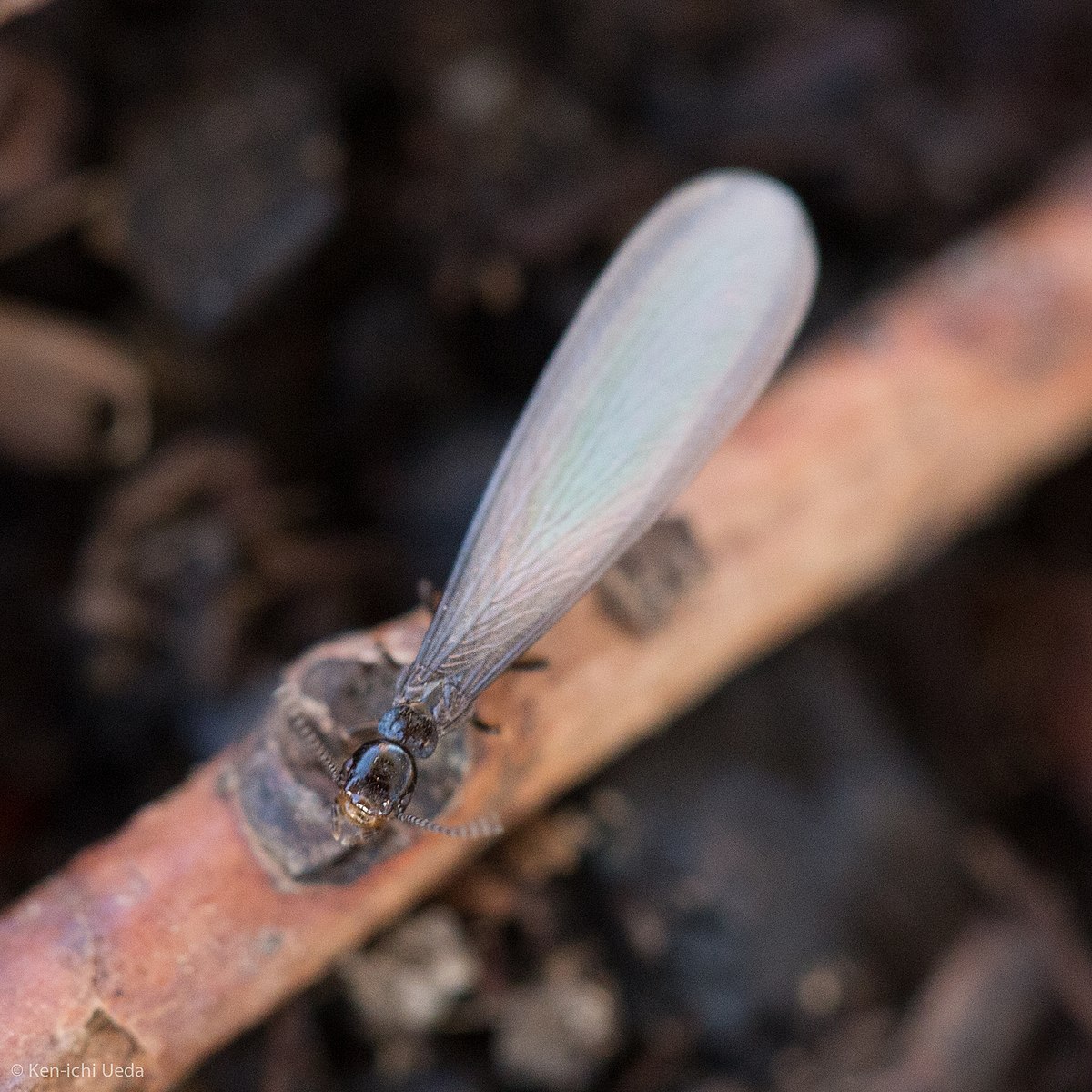Meet the Drywood Termite: Identification, Signs & Control
Key Takeaways
Drywood Termites live entirely inside wood and do not need soil contact. They are common in coastal California and the Central Valley. The #1 sign of an infestation is piles of fecal pellets (frass) that look like coarse sand. Unlike Subterranean termites, they often require whole-structure fumigation to eliminate.
Quick answer: If you see piles of tiny, sand-like pellets on your windowsill or floor, you likely have Drywood Termites. Unlike their subterranean cousins who live underground, these pests nest directly inside your attic framing, furniture, and eaves. They eat 24/7 and can cause massive structural damage before you even know they are there.
Drywood vs. Subterranean: Which One Is It?
In California, you are likely to encounter both. Knowing the difference is critical because the treatment methods are completely different.
The Warning Sign: What is "Frass"?
Drywood termites are tidy housekeepers. As they tunnel, they push their fecal pellets out of the nest through tiny "kick-out holes." These pellets accumulate in piles that look like sawdust or coffee grounds.
_fecal_pellets_figure_27-c_on_page_74_in_furniss_and_carolin_1977_western_forest_insects_38594678042.jpg?sfvrsn=3b408d0d_3)
Photo: USDA Forest Service (Public Domain)
How to Identify Frass:
- Shape: Hard, hexagonal (6-sided) pellets. (Use a magnifying glass!)
- Color: Can be tan, reddish, or black, depending on the wood they are eating.
- Location: Found in piles on window sills, floors, or attic insulation.
Watch: Drywood Termite Biology
See how these "One-Piece" termites live entirely inside your wood without ever touching the ground. Video by Animal Fact Files.
Video: Animal Fact Files
Treatment: Do I Need to Tent?
Because Drywood termites live deep inside the wood (not in the ground), standard soil treatments do not work. We offer two primary solutions depending on the severity:
1. Whole-Structure Fumigation ("Tenting")
This is the only way to guarantee 100% elimination of widespread infestations. The gas penetrates every wall void and timber, killing colonies you can't even see.
2. Localized Spot Treatments
For small, isolated colonies (e.g., one door frame), we can drill and inject targeted termiticides. This avoids tenting but requires precise detection.
Clark's Expert Insight
"A common myth is that you can treat Drywood termites by spraying the wood surface. You can't. These insects live deep in the heartwood. Unless you inject the product directly into their galleries or fumigate the entire structure, surface sprays will do absolutely nothing."
Frequently Asked Questions (FAQs)
Serving California and Northern Nevada
Our licensed termite inspectors know exactly where to look for kick-out holes and hidden galleries.
Don't Let Them Eat Your Investment
Drywood termites work slowly but silently. If you see pellets or wings, Clark Pest Control can confirm the species and recommend the right treatment.
Get a Free Termite Inspection




